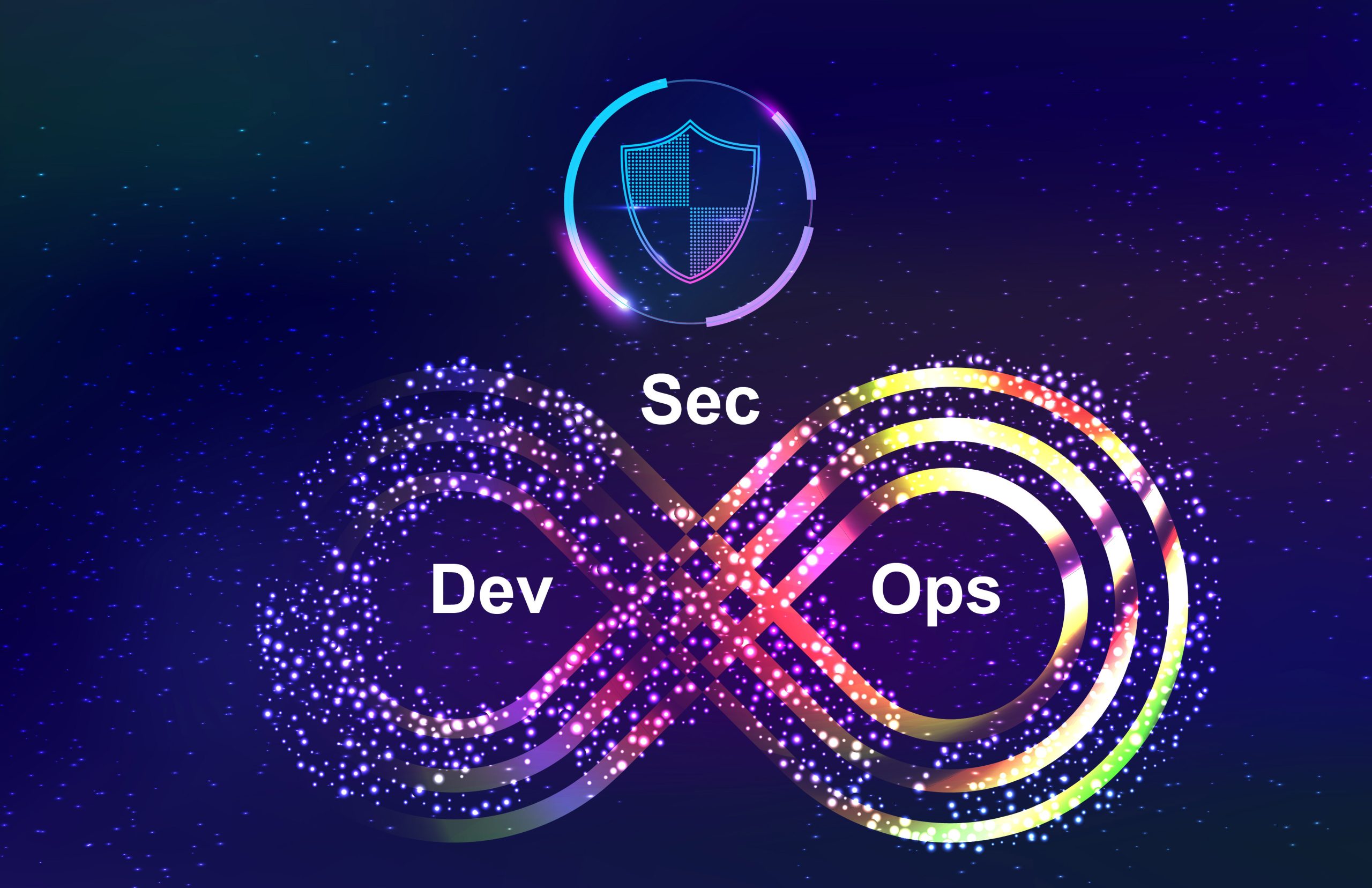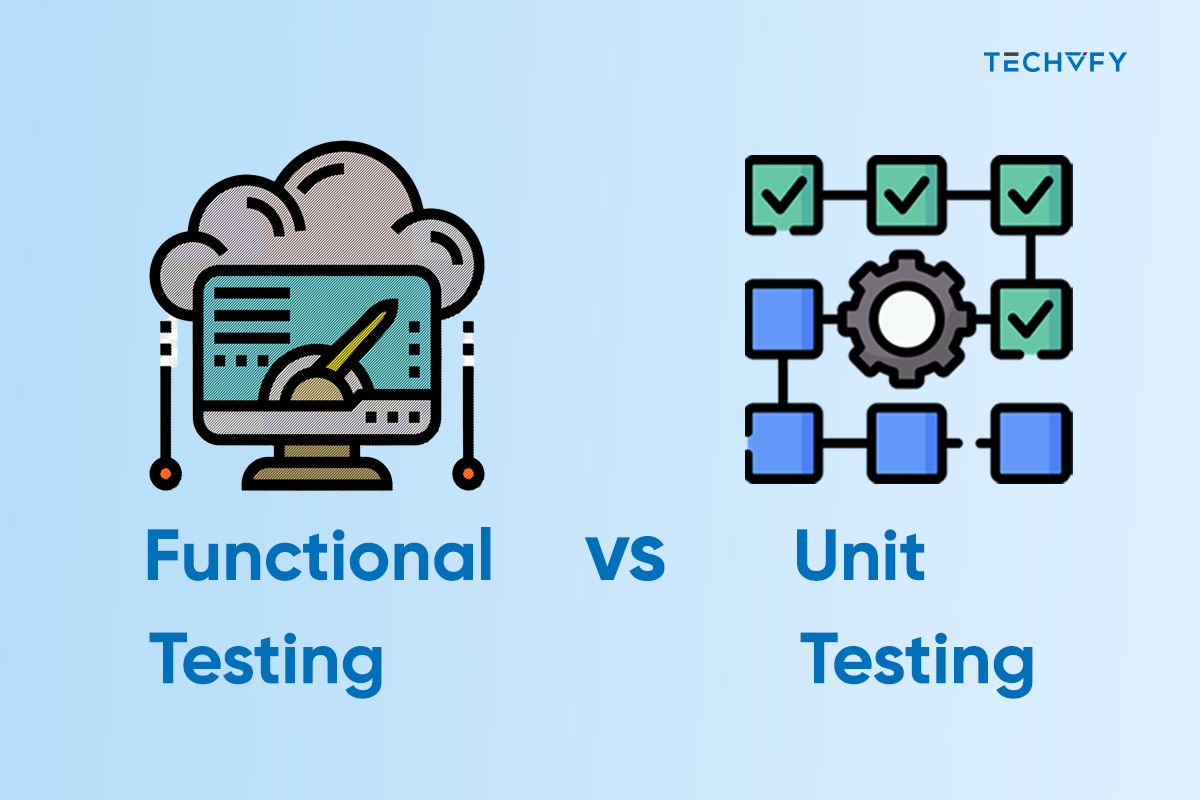In the dynamic realm of software development, the question “What is DevSecOps?” is more relevant than ever. DevSecOps, a methodology that integrates security into the software development life cycle (SDLC), is revolutionizing how teams approach application security. This article seeks to offer a brief but thorough summary of DevSecOps definition, highlighting its significance, methodologies, and benefits in modern software development.
I. Understanding DevSecOps
DevSecOps is a method in application security (AppSec) that brings security into the early stages of the software development life cycle (SDLC). It strengthens software delivery collaboration between development, operations, and security teams. This approach calls for changes in critical teams’ processes and tools, making security a shared duty. In DevSecOps, everyone involved in the SDLC adds security to the DevOps continuous integration and delivery (CI/CD) process.
II. Benefits of DevSecOps
1. Speeding Up Application Development
In environments without DevSecOps, security issues can cause significant delays in programming. The DevSecOps method removes these obstacles, leading to quicker application development. This approach makes securing code more efficient and cost-effective than traditional methods.
2. Proactive Security Practices
DevSecOps best practices are to tackle the constantly changing security challenges in software projects. It integrates security throughout the Software Development Life Cycle (SDLC), ensuring continuous evaluation and analysis of code for security risks. This forward-looking strategy helps in early detection and resolution of security issues, preventing them from becoming significant problems.
3. Quick Resolution of Security Flaws
A key benefit of DevSecOps is its quick response to security weaknesses. Dealing with common vulnerabilities during the development phase reduces the risks linked to flaws in development frameworks.
4. Automated Security Monitoring and Testing
DevSecOps enhances security monitoring and testing through automation. This method uses automated testing to check and compare actual results with expected ones, either through automated test scripts or testing tools. It also ensures thorough code testing and validation with static and dynamic assessments before integration into the development cycle.
5. Adaptable and Consistent Processes
As organizations grow, their security needs change. DevSecOps offers flexible and repeatable cycles for consistent security across different environments, even as requirements shift. It encourages collaboration among development, safety, and IT teams, creating a shared responsibility for security. This leads to a more robust and efficient process.
III. How does DevSecOps work?
The approach to DevSecOps is designed to equip development teams with a complete security framework. This is achieved through continuous collaboration among development, release management (operations), and the security team, emphasizing teamwork throughout each CI/CD Pipeline stage.
The CI/CD Pipeline comprises six phases: Code, Build, Store, Prep, Deploy, and Run.
Each phase is outlined below to demonstrate the benefits of incorporating security early in the process:
1. Code
The first step in a DevSecOps-aligned development approach is to code in secure and trustworthy segments. Tools are provided that regularly update these fast building blocks, enhancing the protection of data and applications from the beginning.
2. Build
Transforming code into comprehensive container images, which include a core OS, application dependencies, and runtime services, requires a secure process. This process is managed securely, with runtime dependency scans to improve security, allowing DevSecOps teams to develop with both security and agility.
3. Store
Every pre-packaged technology stack is a potential risk in the current cybersecurity context. Developers can securely obtain specific dependencies and conduct vulnerability scans on container images to mitigate these risks.
4. Prep
Before deployment, it’s essential to ensure applications comply with security policies. This involves validating configurations against the organization’s security policies before moving to the following stages of the development cycle. These configurations, which determine how the workload should run, not only identify potential vulnerabilities but also set the stage for successful deployment in subsequent CI/CD pipeline phases.
5. Deploy
Scans performed in earlier stages give a comprehensive view of the application’s security status. At this stage, any identified vulnerabilities or misconfigurations in the development process are presented, allowing organizations to address issues and establish more robust security standards, thus enhancing their security posture.
6. Run
As deployments are executed, teams can utilize active deployment analytics, monitoring, and automation to ensure continuous compliance and address vulnerabilities that arise after deployment.
IV. The components of DevSecOps
| Collaboration | Collaboration in DevSecOps involves creating a culture where everyone in the organization shares responsibility for security, supported by leadership. This approach aims to develop and release high-quality, secure products quickly. Security teams integrate DevOps practices into their routines, while developers focus on understanding and implementing security best practices. |
| Communication | It’s crucial for developers and security experts to communicate effectively. Security teams must explain the importance of security measures in terms developers understand, linking them to project efficiency. Developers should know their role in maintaining security, including regular vulnerability testing and secure coding practices. |
| Automation | Automation is crucial in DevSecOps, embedding security into the development process without burdening the team. It includes automated security testing in CI/CD pipelines and critical controls like the “break the build” mechanism, which halts the process if security risks are high, ensuring issues are addressed promptly. |
| Security of Tools and Architecture | Securing the DevOps environment involves carefully configuring security tools and strict access management. Security teams should oversee access to DevOps infrastructure, employing strategies like multi-factor authentication and least privilege access. Regular security checks and automated tools ensure the safety of code and infrastructure. |
| Testing | In DevSecOps, security testing should occur continuously throughout the development process, not just at the end. Automated testing, including SAST and DAST, helps identify issues early. Techniques like penetration testing and Red Teaming provide additional security insights. Developers receive feedback through metrics and scorecards, ensuring ongoing awareness and improvement in security practices. Shift Left: This is a fundamental principle of DevSecOps, emphasizing security integration early in the development lifecycle. It’s crucial because it helps identify and mitigate security risks at the earliest stages, significantly reducing vulnerabilities in the later stages of development. |
V. DevSecOps Best Practices
- Adopt Automation
Automation in DevSecOps streamlines the security testing process, making it faster and more efficient. It plays a vital role in consistently enforcing security policies and procedures, thereby minimizing human error and enhancing the overall security of the applications.
- Implement Continuous Testing
Continuous testing ensures that security is not a one-time check but an ongoing process. This practice is vital for early detection of vulnerabilities, allowing for immediate remediation and maintaining the security integrity of the application throughout its development.
- Prioritize Risk Management
Focusing on risk management enables organizations to address potential threats proactively. This practice is significant as it involves assessing, prioritizing, and mitigating risks, essential for maintaining a robust security posture.
- Collaborate Across Teams
The collaboration between development, security, and operations teams is a cornerstone of DevSecOps. This approach dismantles barriers and cultivates a culture where responsibility is collectively shared, which is crucial for effective and efficient security integration in the development process.
- Monitor for Threats
Continuous monitoring is critical for real-time detection and response to security threats. This practice is essential for maintaining ongoing vigilance against emerging threats and vulnerabilities, ensuring that security measures are always up-to-date.
Conclusion
In conclusion, understanding “what is DevSecOps” is crucial in today’s software development landscape. DevSecOps seamlessly integrates security into the DevOps process, enhancing application development’s speed, efficiency, and safety. This approach is not just a methodology; it’s a vital component in the modern software creation.
Ready to unlock the potential of DevSecOps? Contact TECHVIFY for secure and efficient software development strategies.
TECHVIFY – Global AI & Software Solution Company
From Startups to Industry Leaders: TECHVIFY prioritizes results, not just deliverables. Accelerate your time to market and see ROI early with high-performing teams, AI (including GenAI) Software Solutions, and ODC (Offshore Development Center) services.
- Email: [email protected]
- Phone: (+84)24.77762.666
FAQs
Q: What is DevSecOps?
A: DevSecOps, representing the combined focus of development, security, and operations, automates security integration at every step of the software development lifecycle. Embodying the DevSecOps meaning, this process spans from the initial design to integration, testing, deployment, and final software delivery.
Q: What is the difference between DevOps and DevSecOps?
A: DevOps is all about speeding up and improving the quality of software making and delivery. DevSecOps, however, focuses on making the software development process safe by adding security from the start and all through the development life cycle. This requires developers and operations teams to work closely together.







